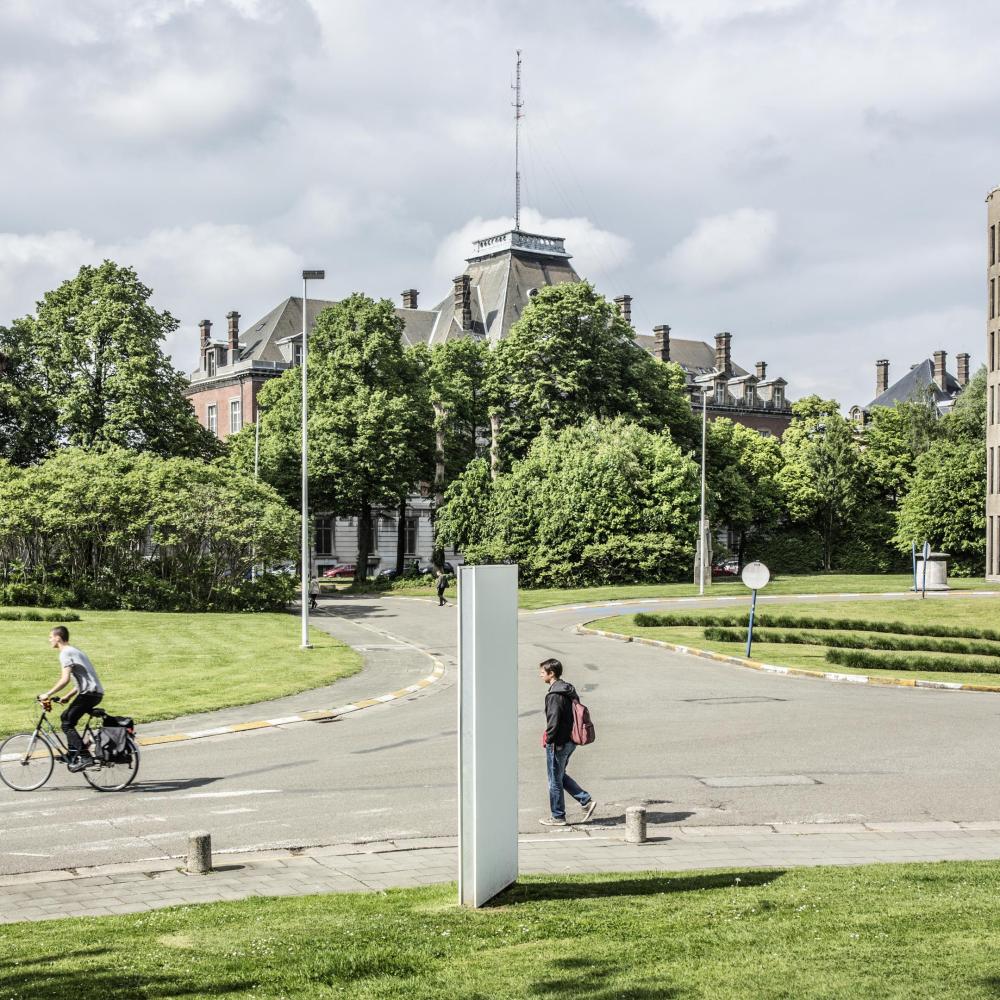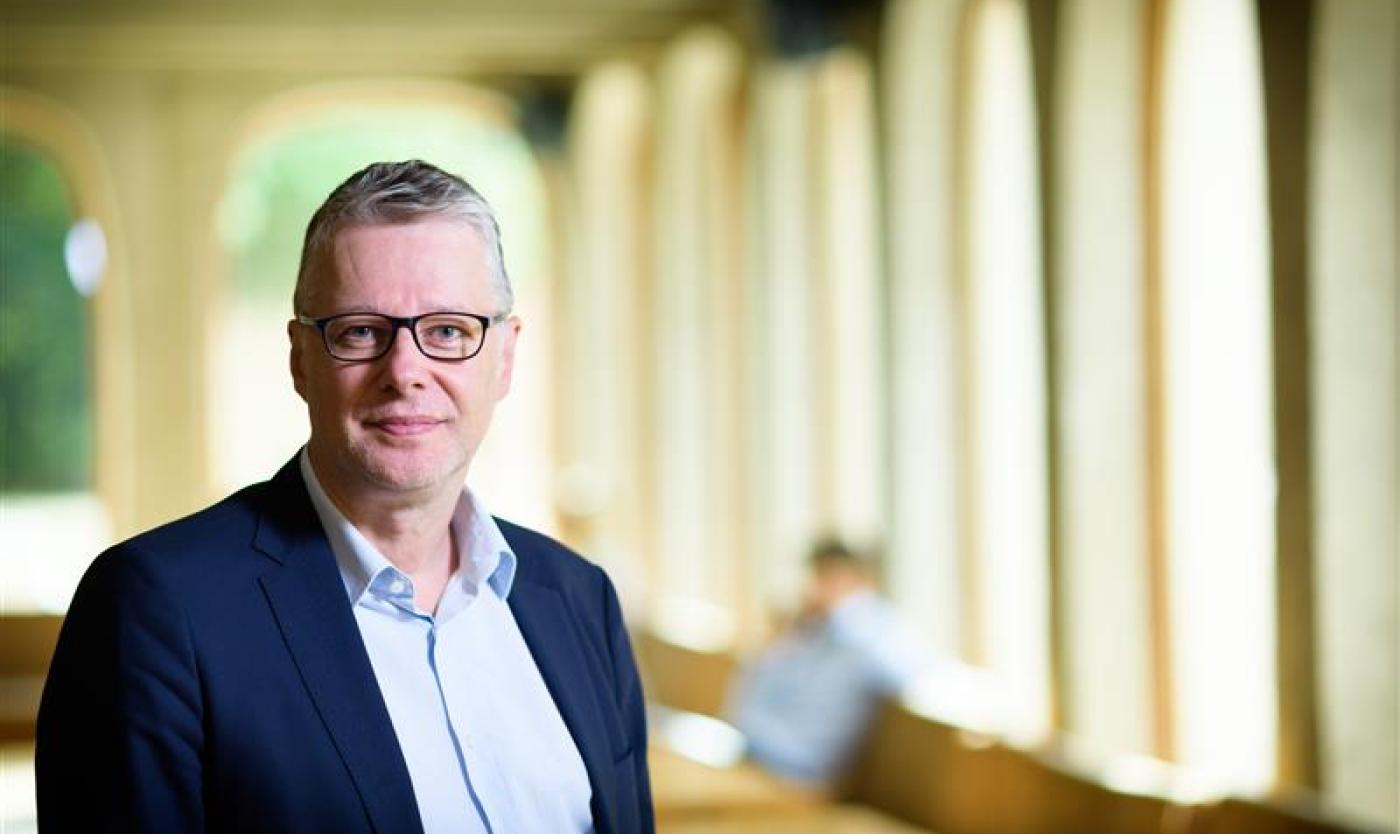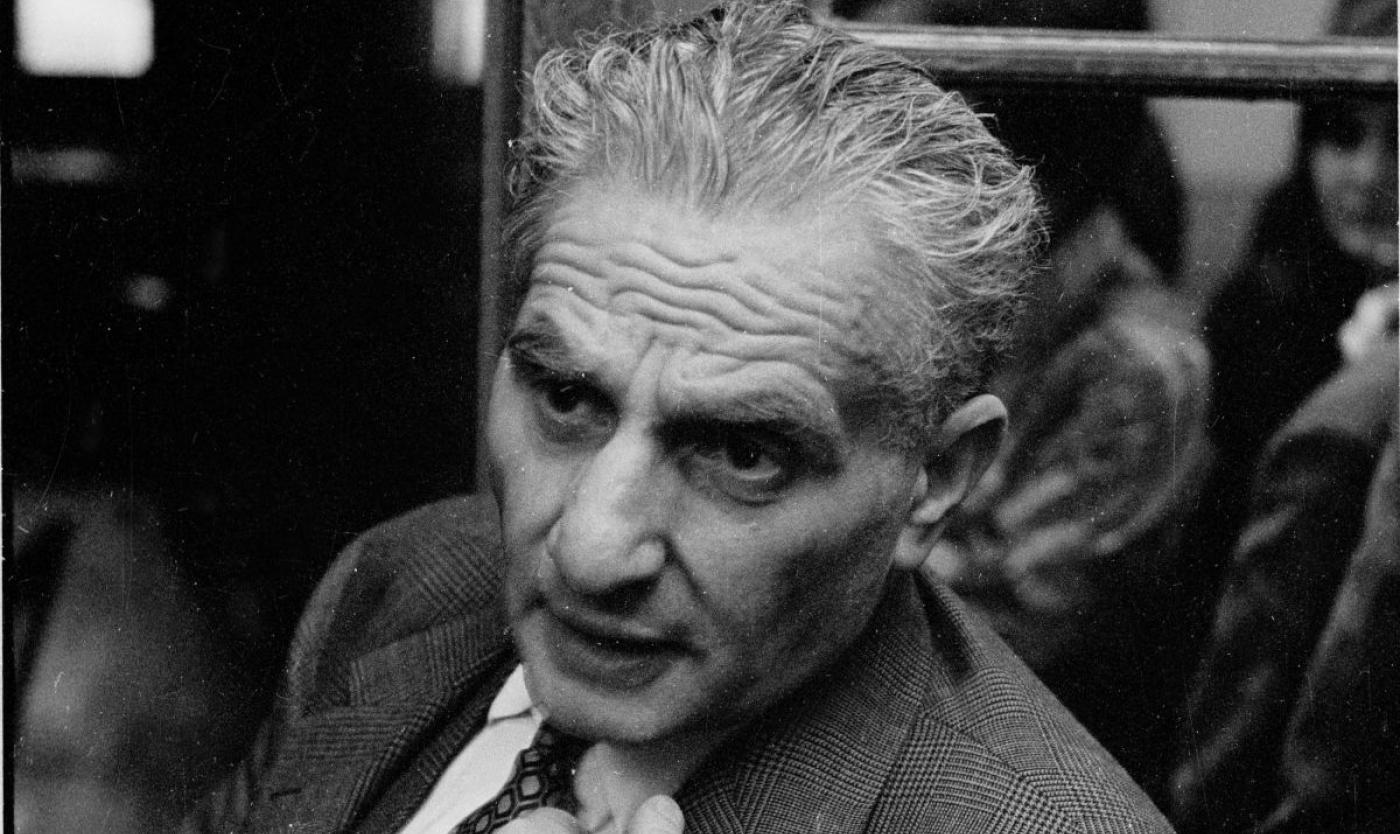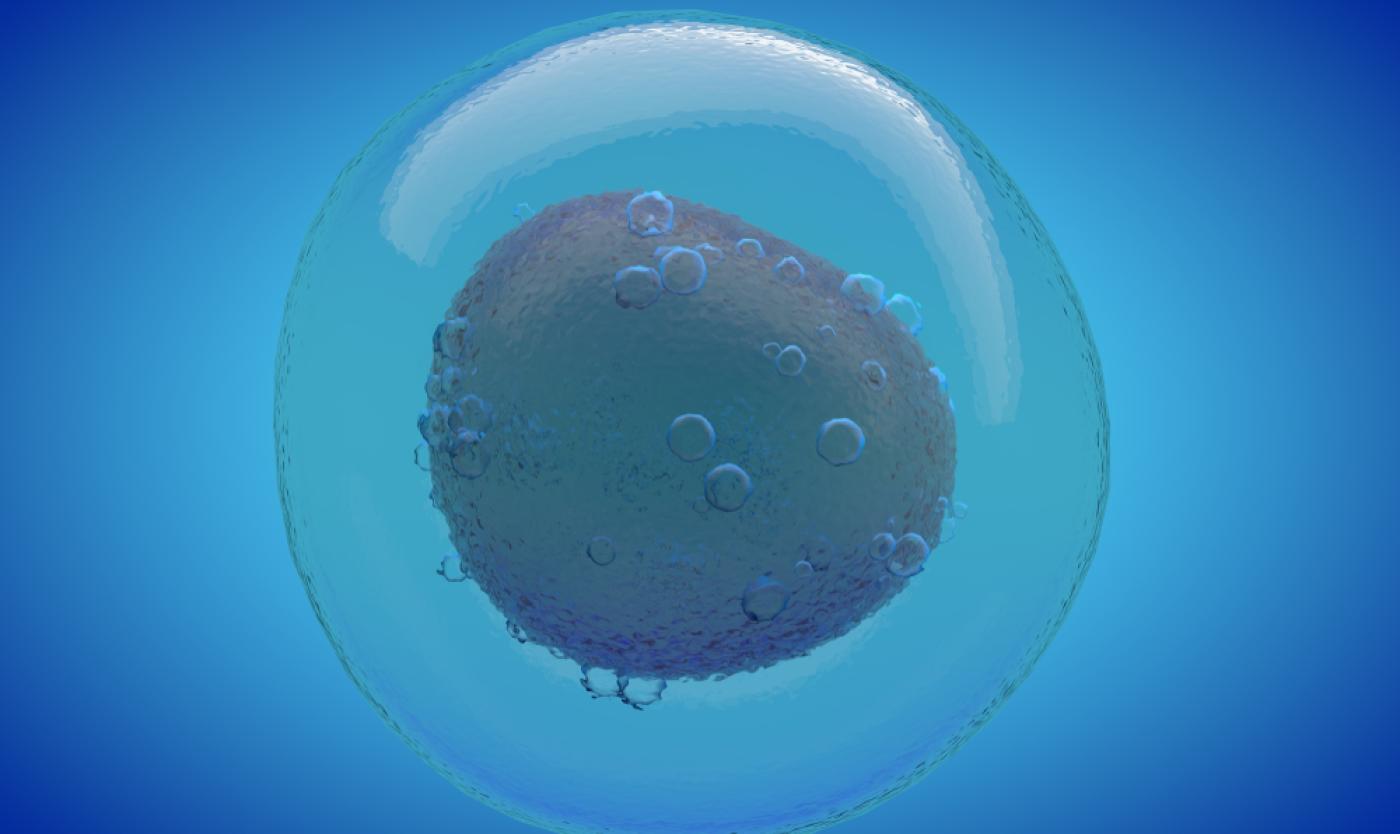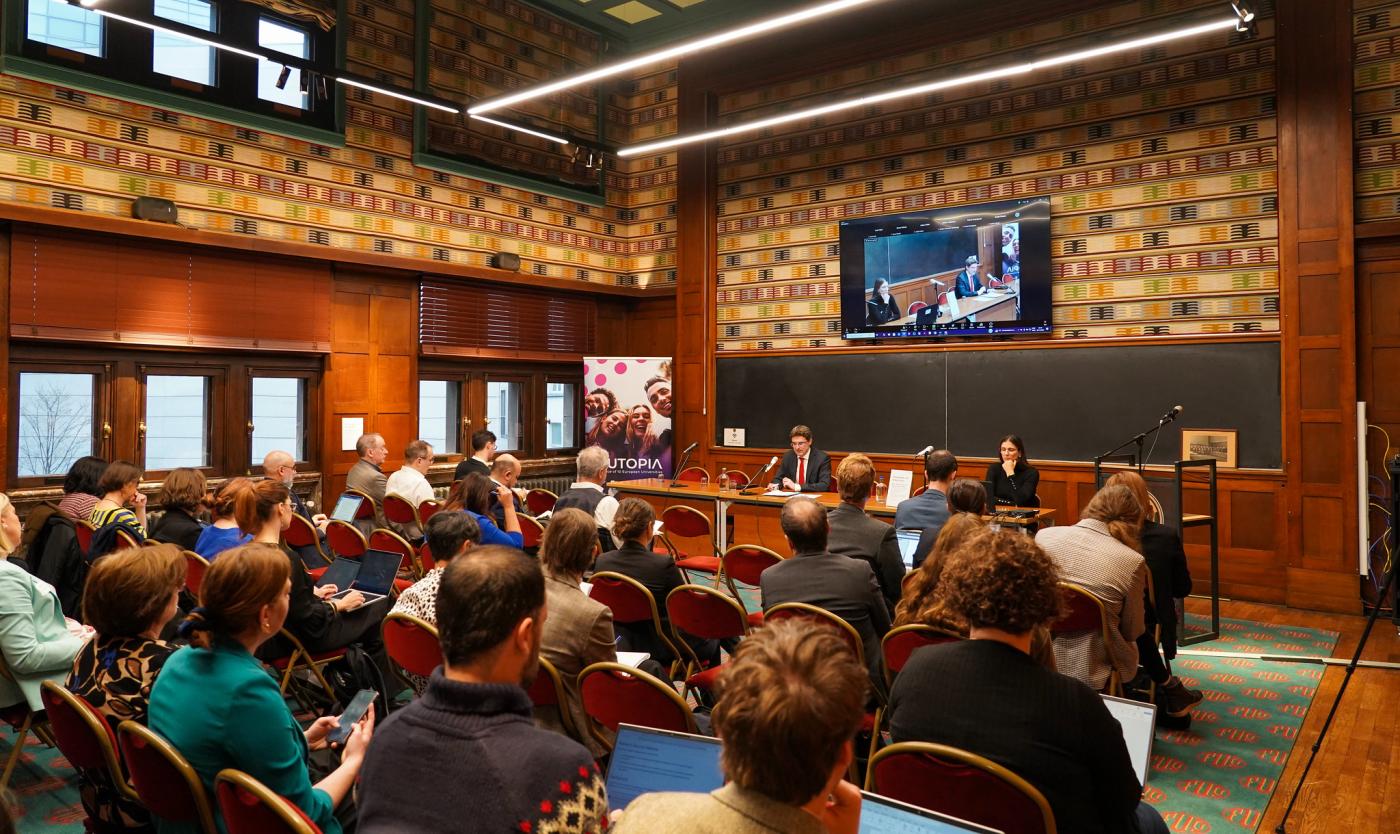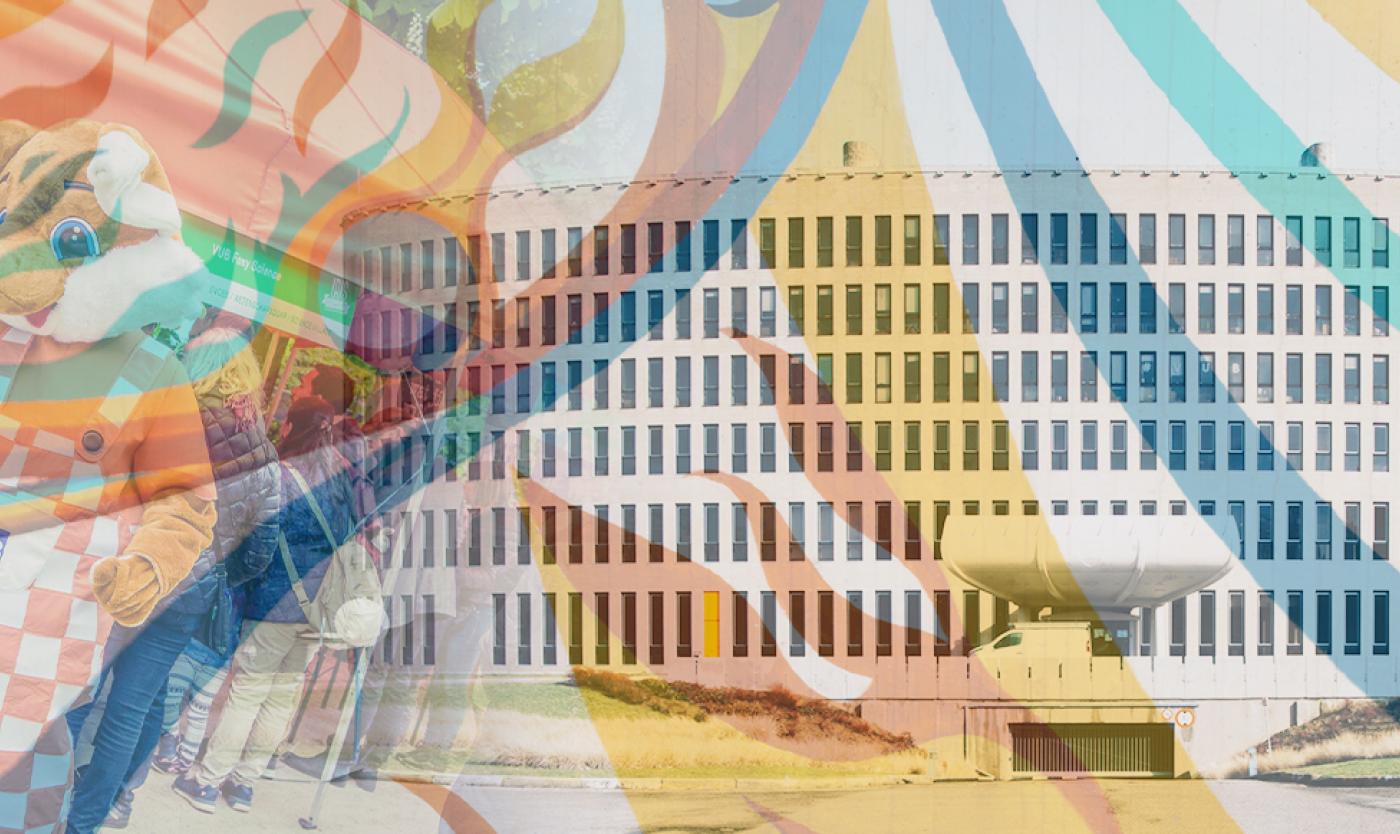
Our immoveable heritage
After the founding of our university in 1969-1970, a new university campus was built on the former training grounds of the military barracks in Elsene-Etterbeek. It was the start of a story of constant evolution. Of building, rebuilding, renovating, and adding on. Through successive renovations, the campus became a diverse entity, which slowly moved beyond its boundaries and also influenced its surroundings. Today, some of the first campus buildings in their brutalist and modernist style, typical of the early 1970s, are characteristic of VUB campuses. But what at first glance appears to be a jungle of concrete also includes new, innovative construction projects, architectural gems, recognised monuments, and hidden treasures.
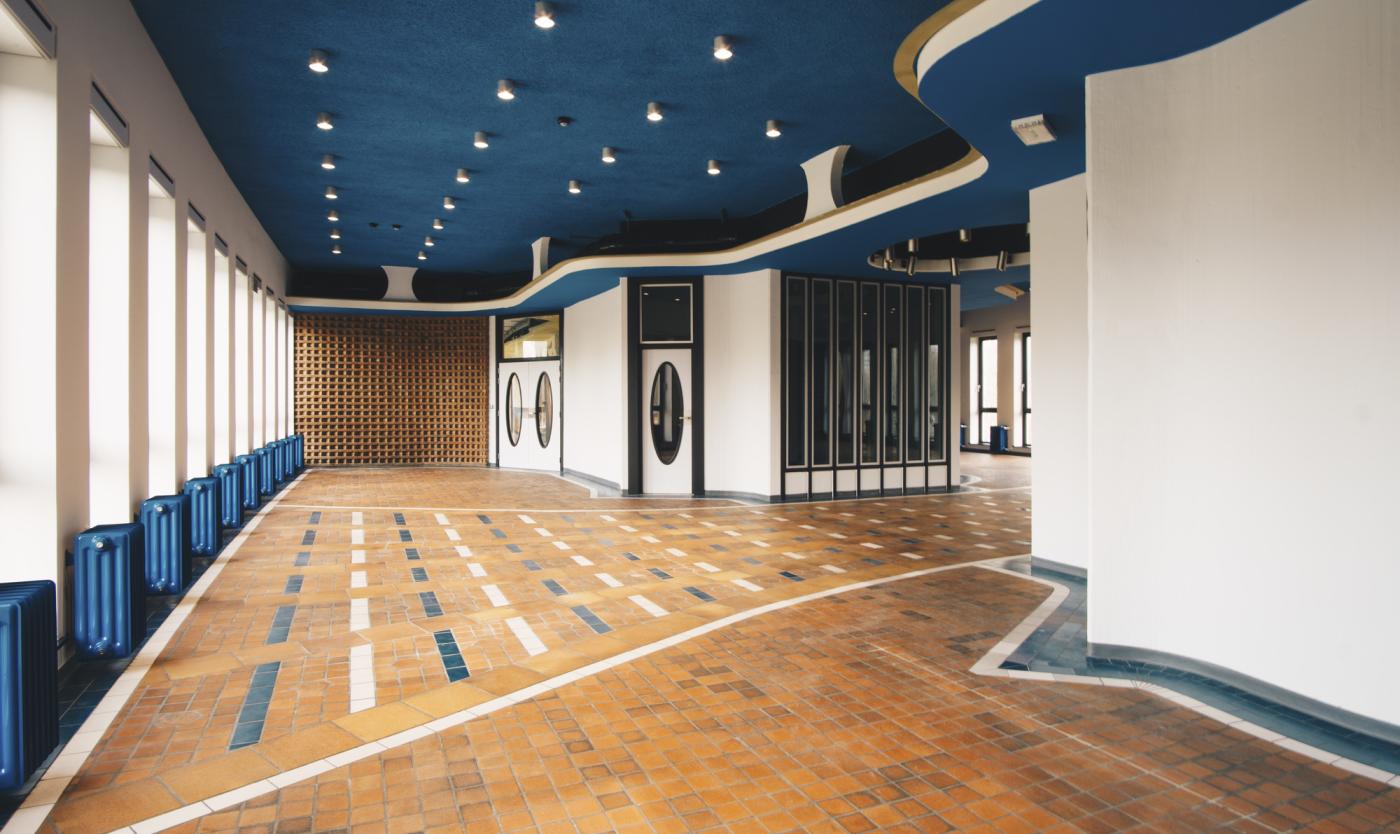
Organising a visit?
Would you like to organise a visit to one of the special buildings on campus? Korei organises guided campus walks and tours for groups in the rectorate building, the ice cellars and the former student rooms on request. Well worth a visit!
An individual visit for artistic purposes?
Would you like to visit our heritage individually for artistic purposes, e.g. a photo reportage, drawing session or a prospecting visit for film shoots? You can request access and permission to photograph or film via our infradesk. Access is subject to security and availability of locations and staff to provide access.
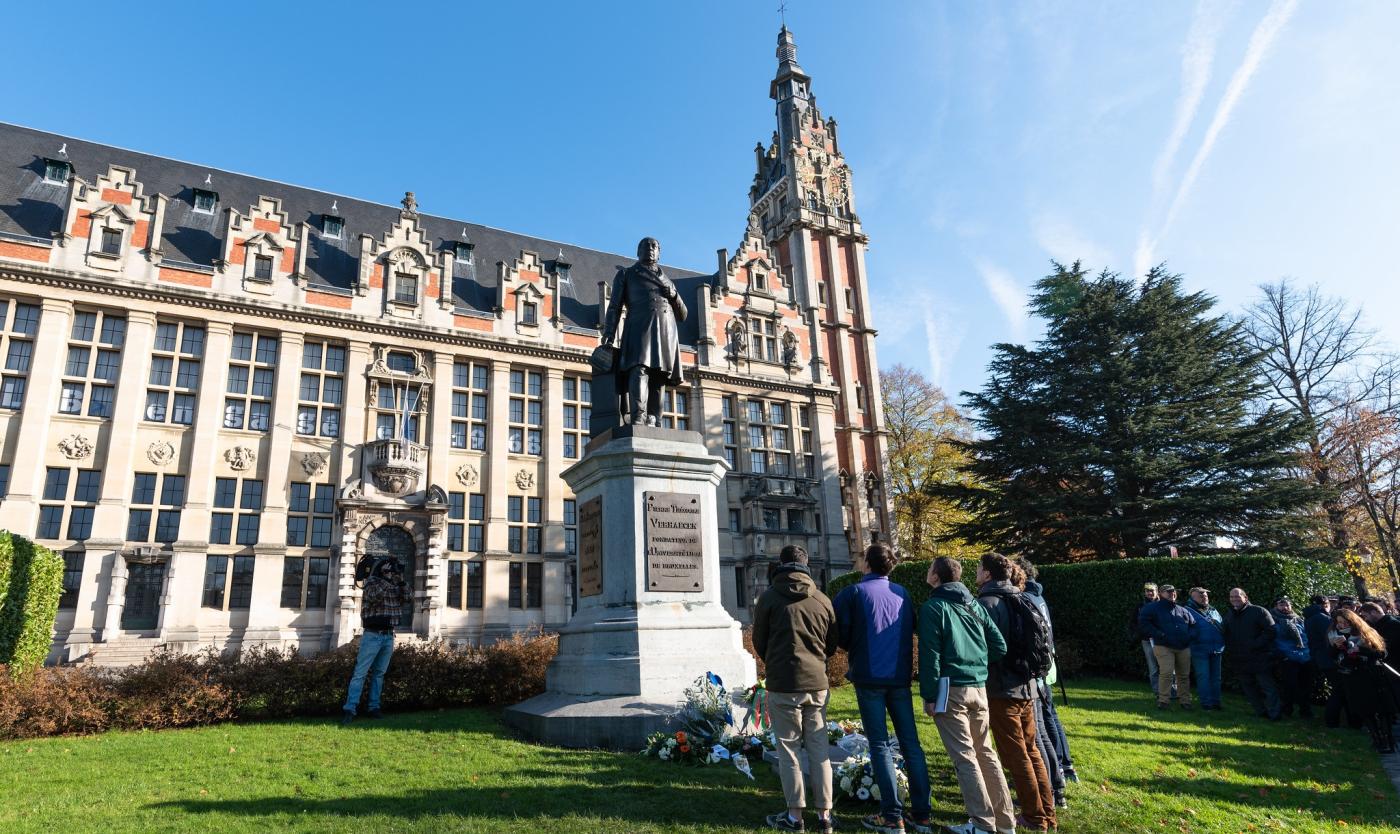
Our movable and immaterial heritage
Besides our buildings and monuments, our heritage also includes valuable movable and immovable heritage. A large collection can be found in CAVA, the Centre for Academic and Liberal Archives, which manages the movable heritage of the VUB. Our students can also rely on a unique intangible cultural heritage: St V, the celebration of freedom in the streets of Brussels. Since 2020, this celebration of the memory of our founder Pierre-Théodore Verhaegen has been included by the Brussels Capital Region in the inventory of immaterial cultural heritage. Reason: the celebration contributes to the "multiple, independent and rebellious character of Brussels'.
